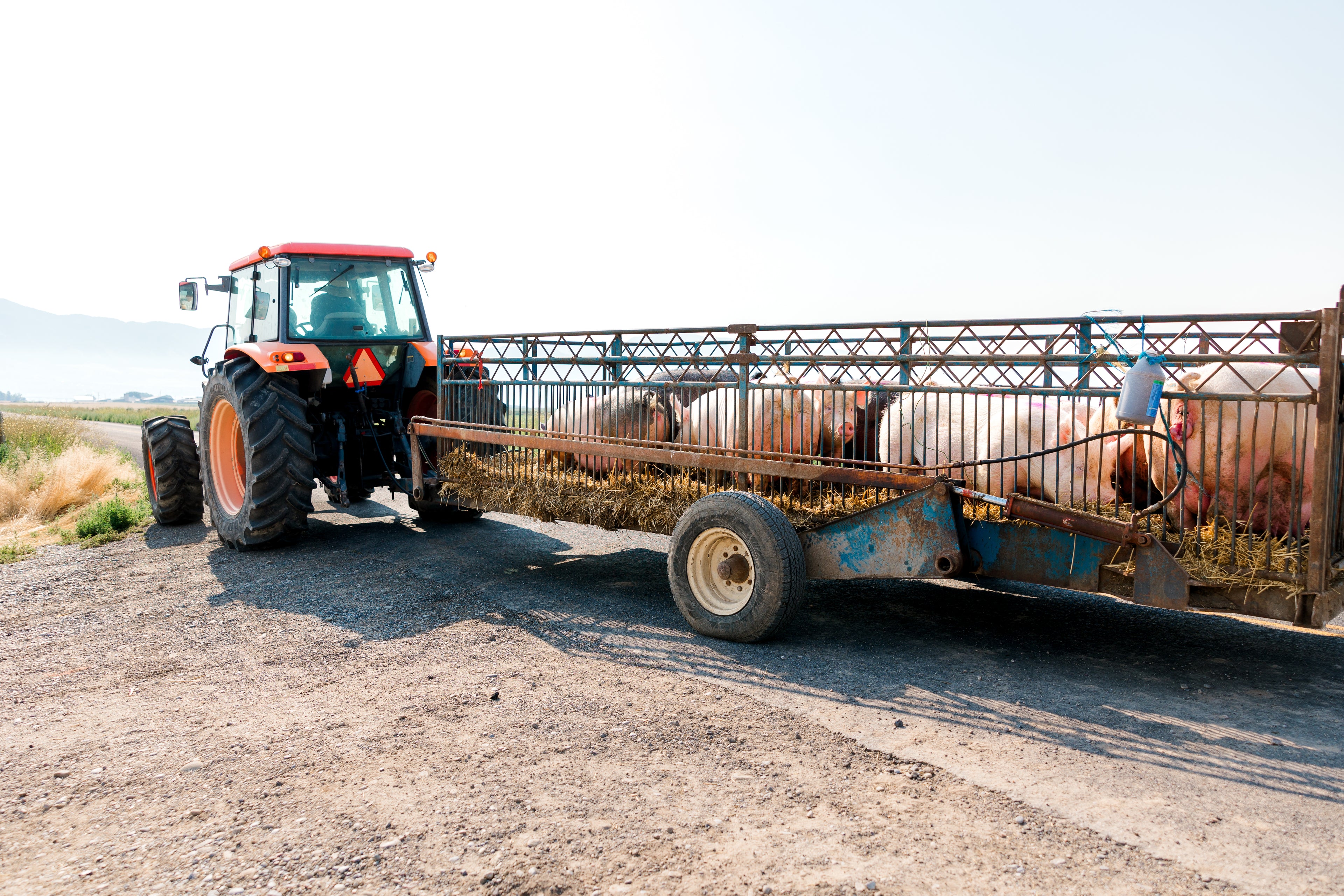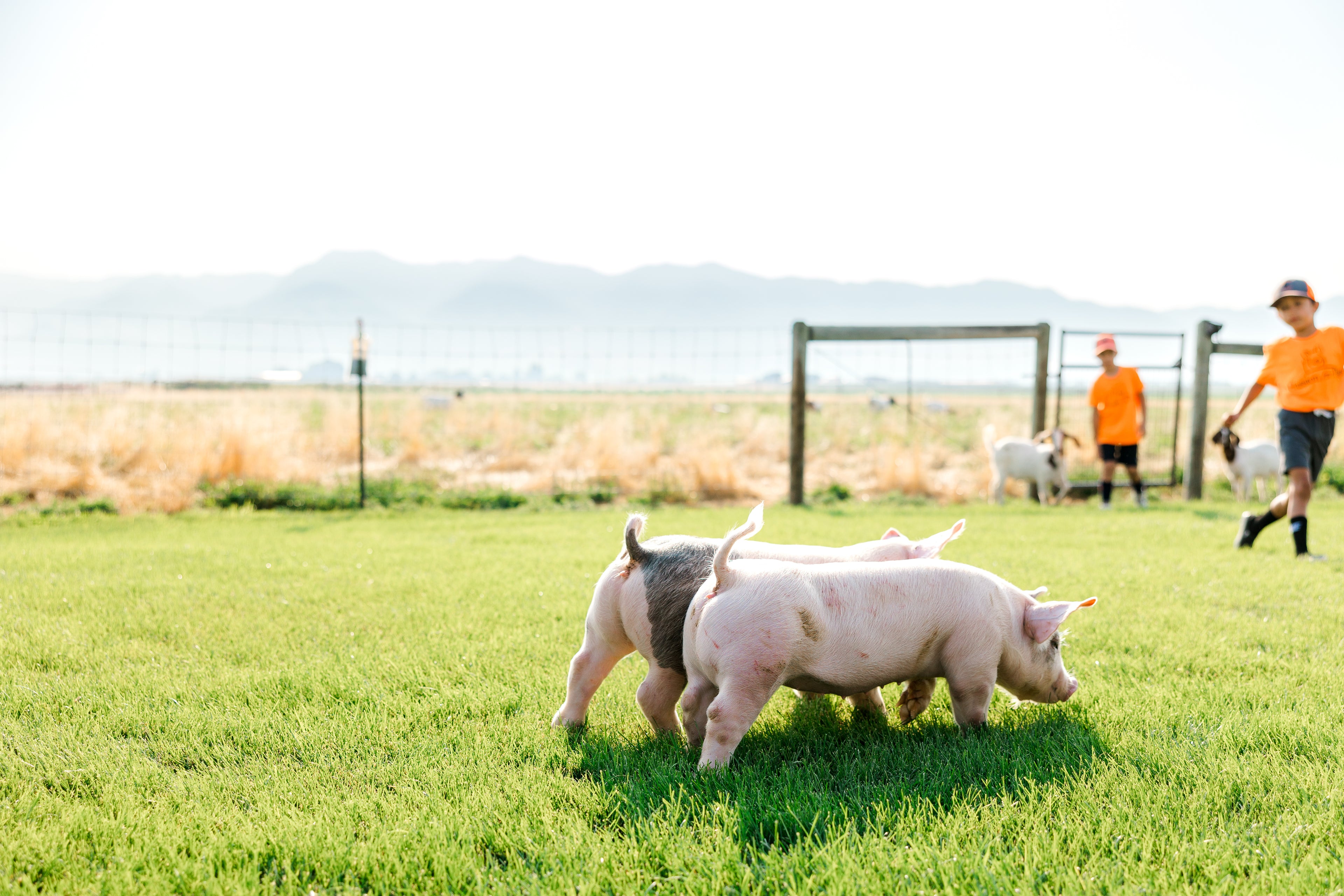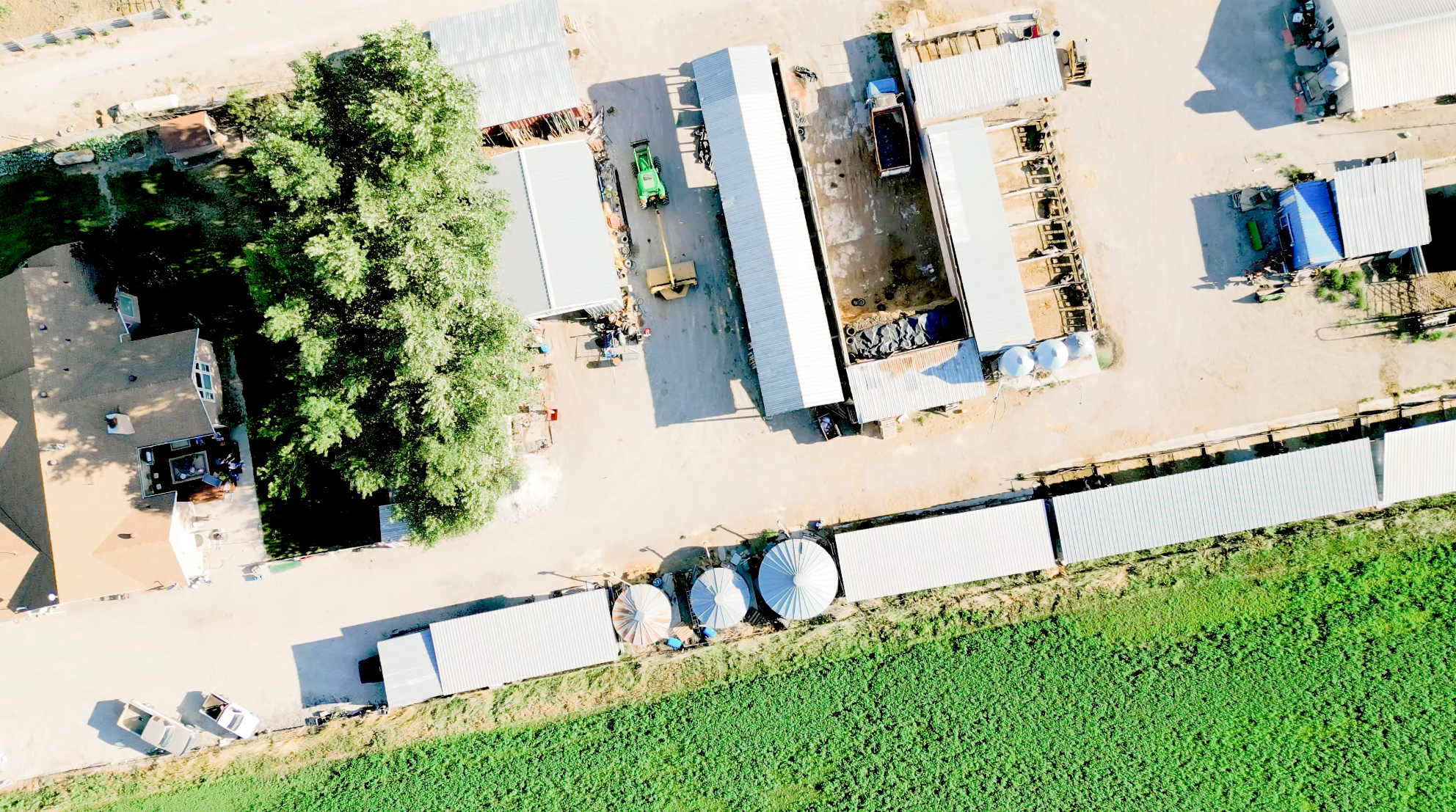
Check Out Our Future Events

Pork Leadership Ambassadors

Become A Member
Utah Pork Producers Association
Our website if a resource for pork producers, industry partners, and consumers. On this site, you'll find past and current events showcasing Utah Pork Producers, educational events, youth pork ambassador information, and reports of what is happening on the legislative front related to agriculture, and great pork recipes. We hope this will help answer the many questions regarding pork production and the pork industry in Utah.
Become a Member
If you are a pork producer, either adult or youth, chances are you have to make daily business decisions regarding your farm or herd. In today's landscape, there are new methods, supplies, and education to help you run your farm more efficiently and profitably. By being a member of Utah Pork Producers and current in your check off payments, you have the opportunity to have Veterinarian assistance to your farm, be a voice for the industry at Pork Industry Forum, and be a voice in Washington DC twice a year to share concerns and challenges regarding the pork industry in Utah. Your voice is important, and your membership fees help to run non-check-off programs for Utah Pork Producers.
